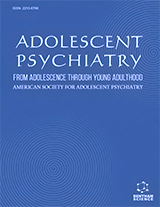Abstract
Degenerative lateral lumbar spinal canal stenosis commonly affects the
elderly, leading to significant morbidity. This chapter aims to introduce a novel
categorization for the lateral compartments of the lumbar spine and to assess the
effectiveness of surgical interventions for this condition. A new anatomical
classification has been established, partitioning the area into five distinct zones. To
ascertain the consistency of this nomenclature, lumbar scans from thirty individuals
with single-zone afflictions at our facility were reviewed by a trio of evaluators.
Following this, we conducted a prospective study tracking the surgical results in 76
subjects with single-zone lateral lumbar canal narrowing over two years. These
individuals were treated using either percutaneous endoscopic transforaminal or
interlaminar decompression techniques, chosen based on the newly developed zonal
system. Outcomes were evaluated using the Macnab criteria, and changes in leg pain
were measured with the visual analog scale (VAS) before and after surgery. During the
study employing our categorization, the average observation period was 15.6 months.
By the final evaluation, 93.4% of the cases were rated as good or excellent. The
average initial VAS score of 5.72 significantly improved to 1.26 within three months
after surgery and further to 0.78 by the final assessment. Notably, two individuals
experienced dural tears, and one had postoperative bone fragment migration into the
vertebral canal. The findings suggest that this innovative lateral lumbar canal
classification facilitates precise surgical planning, contributing to the high rate of
satisfactory results following endoscopic procedures.






















